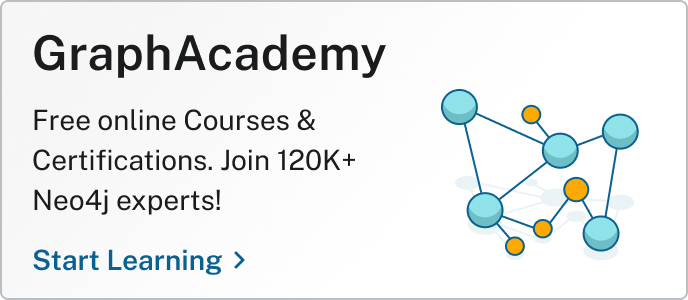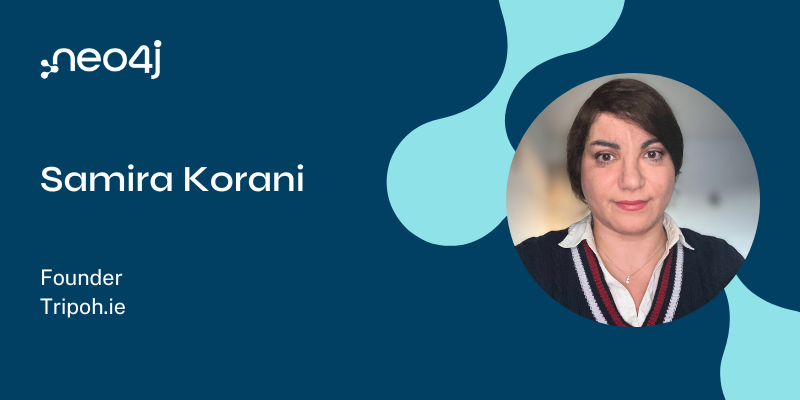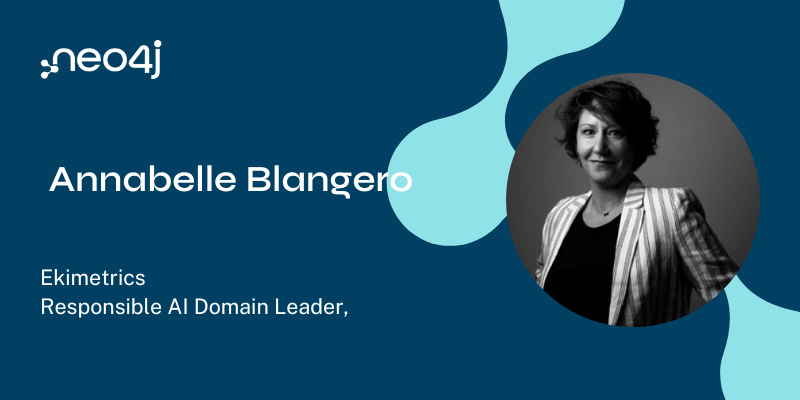This Week in Neo4j – West Africa Leaks, GQL Online Meetup, Geospatial Deep Dive, CoinMarketCap Analysis

Developer Relations Engineer
5 min read

Welcome to this week in Neo4j where we round up what’s been happening in the world of graph databases in the last 7 days.
This week we have West Africa Leaks from the ICIJ, an online meetup about the GQL proposal, a Deep Drive into the Geospatial Data Type, analysis of CoinMarketCap data, and more.
Featured Community Member: Jérôme Baton
This week’s featured community member is Jérôme Baton.

Jérôme Baton – This Week’s Featured Community Member
Jérôme has been part of the Neo4j community for several years and has been a regular at real life and online meetups over the last couple of years. He’s been helping a lot of users on StackOverflow and Neo4j, built tools for data import and contributed to projects like APOC.
As part of his work he’s teaching graphs and Neo4j to university students.
He is perhaps best known as the author of Learning Neo4j 3.x – Second Edition, a book that aims to quickly get you up to speed with Neo4j via a series of real world use cases and examples. This version of the book has been updated to cover the new features released in the 3.x series of the database.
Jérôme currently translates the “Neo4j: Data and Graphs – II. Deployment” book by the team around Sylvain Roussy from French into English. That book is more fun than most, becauses it follows the adventures of a project team developing a Neo4j app, through their discussions.
Jerome shares useful tools that he’s built as part of his Neo4j projects, including the delightfully named neoloadcsvskelgen, which generates the Cypher code for importing a given CSV file with headers.
On behalf of the Neo4j community, thanks for all your work Jérôme!
On the podcast: Iryna Feuerstein

This week on the Graphistania podcast Rik interviewed Iryna Feuerstein, our featured community member from 17th March 2018.
They talk about Iryna’s introduction into the world of graphs via graph theory in a Mathematics degree, the German law graph she recently presented at JavaLand in Germany, and Iryna’s predictions for the future of graph technology.
You can listen to their conversation below or read the transcript.
Online Meetup: GQL – A Single Property Graph Query Language
In this week’s online meetup Amy Hodler interviewed Alastair Green, Stefan Plantikow, and Petra Selmer about the GQL proposal that was published last week.
GQL is a proposal for a single property graph query language that brings together the best features from PGQL, G-CORE, and Cypher.
In the session the authors explain why they came up with the proposal, how languages such as Tinkerpop/Gremlin fit into the picture, graph composability, and the next steps for the project.
Building a smart GIS system, West Africa Leaks, Graph Grouping, New Neo4j Bloom Demo
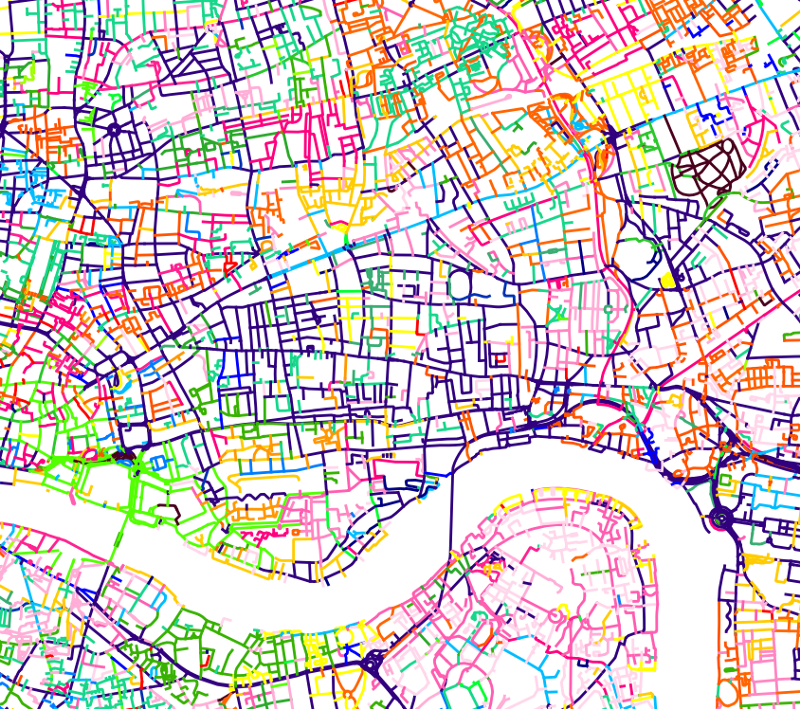
- Mihai Raulea wrote a blog post in which he shows how to use Neo4j to build Atlas, a smart GIS system based on OpenStreetMap. In the article Mihai gives an introduction to graphs, explains the use cases this graph would serve, and goes through some the modelling decisions taken. You can find the code behind the post in the mihairaulea/atlas GitHub repository.
- Earlier this week the ICIJ released West Africa Leaks, a bid to shine a light on abuses of trust and ethics by business and political leaders in 15 countries occupying the west coast of the impoverished continent of 367 million people. datanami also cover the story and have an interview with my colleague Will Lyon in which he explains how the techniques used can also be applied by large banks and retailers to spot fraudulent activity in their systems.
- Following on from his two part series a couple of weeks ago, Rik Van Bruggen has another post where he explores some of the new features of Neo4j Bloom. He shows off Bloom’s advanced visualisation features, how to do data editing and cleaning, and advanced graph pattern search. There’s also an accompanying video.
- Michael Hunger created neo4j-grouping, an example project in which he shows how to do graph grouping using the APOC library.
- I’ve been doing some exploration about how graphs can be used to explore the output of machine learning models and wrote a post showing how to use graph algorithms to explore Word2vec embeddings. It only works on small datasets at the moment but I’m working to make it more scalable.
Deep Dive: Neo4j 3.4 Geospatial Data Type
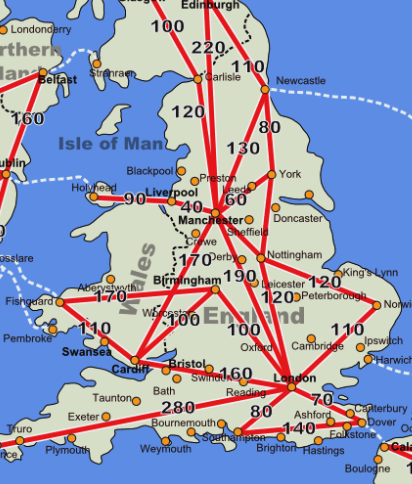
In his latest blog post David Allen takes a deep dive into the geospatial data type that was introduced in Neo4j 3.4.
David starts by showing how to create points via Cypher’s LOAD CSV command, before computing distances between points on the globe. He concludes the post by suggesting different applications that can be built with this new functionality.
Windows Logon Tracer, Cypher Query Builder, Analyzing Cryptocurrencies
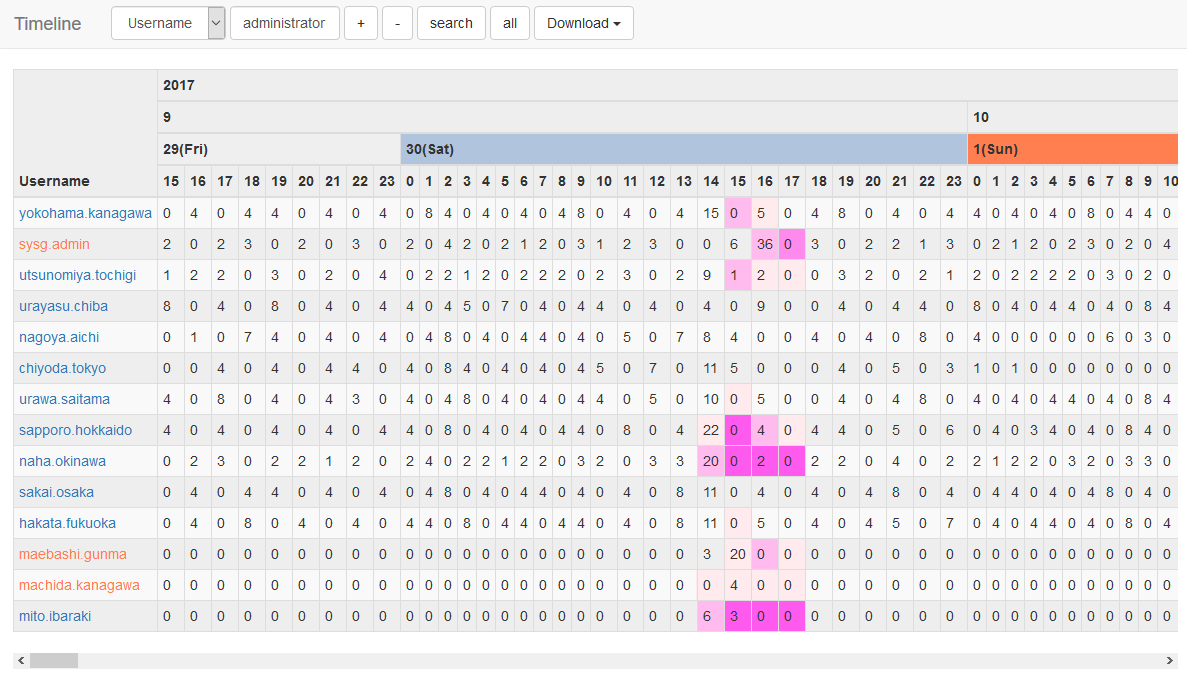
- Charlie Kroll shared LogonTracer, a Neo4j backed tool that allows you to investigate malicious Windows logons by visualizing and analyzing the Windows event log.
- James Ferguson created cypher-query-builder, a flexible and intuitive query builder for Neo4j and Cypher. It also has support for streaming records using RxJS.
- The 2nd edition of Seven Databases in Seven Weeks: A Guide to Modern Databases and the NoSQL Movement was released this week. It has an in-depth chapter on Neo4j containing lots of Cypher examples.
- In Analyzing CoinMarketCap data with Neo4j, Stefan Dreverman loads data from the CoinMarketCap API into Neo4j and then shows how to query the database to find the current exchange rate between two Crypto currencies. He goes on to visualise this exchange rate over time and suggests other uses of the dataset, such as Portfolio based balanced switching, Spotting low cap high potentials, and correlating Volumes and Social media attention.
- Brett Taylor has written a post in which he shows how to how to integrate Neo4j via the Python language in the R environment.
Tweet of the Week
My favourite tweet this week was by Bea Hernández:
How cool is this year @neo4j tour t-shirt?!?! ????? And even better, the back (watch out for the 14/02 – I feel like a rockstar ????). Thanks @askkerush for making it possible!!! pic.twitter.com/kQ6GO40N35
— Bea. (@Chucheria) May 23, 2018
Don’t forget to RT if you liked it too.
That’s all for this week. Have a great weekend!
Cheers, Mark

